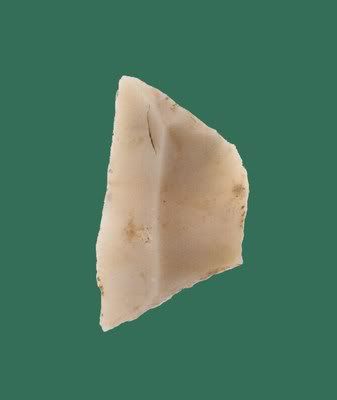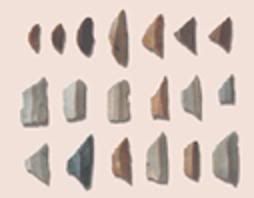I had written a reply, but somehow Internet deleted it

By the way, here in Central and Northern Italy, those micro blades were knapped that way for a purpose, to serve as arrow points and blades.
The proof is the fact that those micro blades were purposely knapped on their tips, so that their shape is very geometrical:


(those are from Northern Italy)

(those are from my Region, Central Italy).
The shape of these micro blades gave the name to a Mesolithic period, the Geometrico, divided into Gravettiano (most ancient) and Epigravettiano (more recent).
During Italian Mesolithic (from about 12-10'000 b.C. to ca 6'000), other common flint blades had these shapes:


You can now see how Mesolithic hunters knapped some micro blades with the purpose of using them as parts of an arrow; the geometrical shape was necessary because it allowed the longer edge to be inserted into the wood, and fixed with glue and cordage (a blade with equal edges couldn't be fixed with cordage).
Greetings,
Mauro.